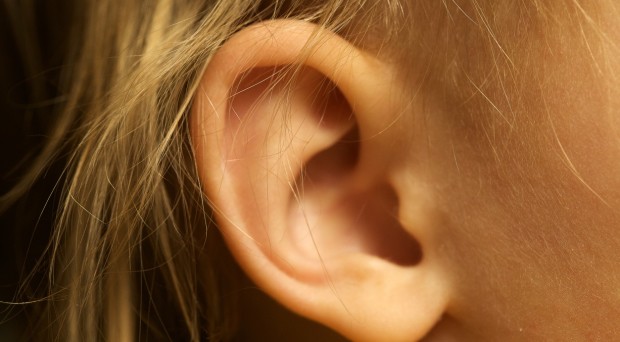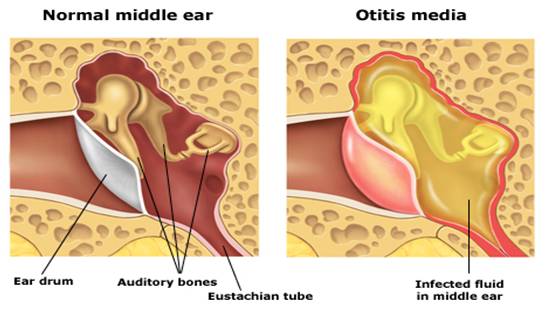
Hearing disorders make it hard, although not always impossible, for one to hear. There are multiple causes of hearing loss and some of them are due to ear infections, meningitis, long term exposure to loud noise, they can also be inherited or due to aging.
One of the most common hearing disorders
Otitis media is one of the commonest forms of hearing disorder observed in the early ages of children. This middle ear infection is associated with some potential pathogens and this leads to pus development and effusion making a serious condition of inflammation which is termed ‘Otitis Media with Effusion’.

The main cause behind otitis media is the blockage of the Eustachian tube (a tube connecting the mouth cavity and middle ear cavity for maintaining air pressure) with viral upper respiratory infection or by allergies. The future impact of this disease can lead to hearing loss at the early age of six years old.
Otitis media in India
India was reported to be associated with the highest prevalence of otitis media with more than 6% experiencing the disorder.
The World Health Organization had reported and categorized otitis media as one of the neglected tropical diseases. There are no definite prevalence studies in India and the few researchers that are studying this disorder are mostly from the field of Microbiology and Medical Sciences. The question obviously lies whether the commonest form of this hearing disorder is being neglected?
Most of the school children in India have been reported to associate with at least one episode of otitis media varying from 10% to 20% of the children. Among these, there is more impact of the disease in slums rather than in well sanitized urban cities.
The development of the disease depends largely on education and prevention. To date no study has been carried out in India to understand the molecular and genetic contribution towards otitis media.
Table: Epidemiological studies data of prevalence of otitis media in India in individuals under ten years old
| Study No. | Area | Overall (%) | Total Number of Individuals under study |
| 1 | Haryana | 15.3% | 613 |
| 2 | Kolkata | 20% | 627 |
| 3 | Tamil Nadu | 8.6% | 800 |
| Average | 14.6% | 2040 |
The question does arise as to why otitis oedia holds an immense importance of medical research towards its large prevalence in India. The most important factor to consider is that the outcome of otitis media is total hearing loss if it remains untreated. Currently, there is no medical cure of this disease for the chronic and recurrent stages.
What are the symptoms?

First, you would be able to feel progressive hearing loss with pain in the tympanic membrane (or ear drum) associated with fever. The chronic stage of otitis media is associated with discharge of pus from the middle ear cavity due to perforation of the tympanum.
Doctors usually prefer some antibiotics potent to some opportunistic bacteria but some patients inform that they are not relieved with the prescribed antibiotics and experience recurrent stages of otitis media.
Multiple researchers have informed that patients suffering from recurrent otitis media exhibit some of the important characteristics: allergy to cold and dust, asthma, immunodeficiency and family background of ear infections.
This multifactorial complex disorder needs to be prevented with a potential drug to prevent the susceptibility of the disease. Researchers from different medical backgrounds have been working and have shown insight that there are several genetic contributors of the disease.
The genetic susceptibility often differs with race and ethnicity. If a potential drug develops, it might not be equivalently successful to different races of India. The molecular research advancement is important equally in different backgrounds of research and I feel we should look after this neglected tropical disease in the context of Indian susceptibility risk of otitis media.
One Comment